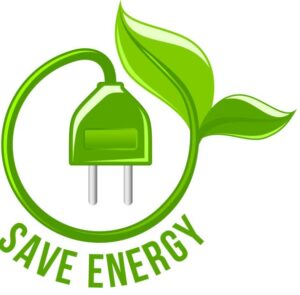
BlueDrop Enviro joins hands with Corporate Companies for Corporate Social Responsibility, CSR Projects, to a Cleaner Planet & Climate Action. We provide most sustainable, advanced and proven Green Technology solutions which are based on Engineered Treatment Wetlands implemented as Bio-Augmented Wetlands and Aerated Wetlands which are award winning Green Technology Master Pieces that work reliably for decades.
As many companies now are gearing towards meeting the ESG mandates, our work comes very handy. And where ESG isn’t a focus, BlueDrop systems still deliver reliable, economical and sustainable Sewage & Effluent Systems that are Nature Based.

Climate Change is Not Tomorrow!! We are in the middle of it fighting the incessant, unseasonal rains and droughts.
Reducing GHG & Carbon emissions turns out to be the responsibility of every organization and the individuals as well. 
It is said, the Sewage and Effluent Treatment Systems are 6th largest contributors to the GHG emissions.
At BlueDrop we provide the opportunity for all organizations as well as individuals to choose Nature Based Solutions for Sewage/Effluent Treatment through our very unique Aerated Treatment Wetlands.
With Aerated Treatment Wetlands for STPs & ETPs, we save emissions, provide for Carbon Sequestration, enhance Bio Diversity and directly contribute to Eco System Restoration.
Not only we save environment but we save money and save you from the complex conventional systems that tend to be a permanent trouble inspite of spending a bomb.
Aerated wetlands, can play an important role in mitigating climate change, they benefit in many ways
1. Carbon Sequestration:
Aerated wetlands can sequester carbon from the atmosphere and store it in wetland soils and vegetation. This can help to reduce greenhouse gas emissions and mitigate the impacts of climate change.
2. Reduced energy consumption:
Compared to traditional wastewater treatment methods, aerated wetlands require much less energy to operate. This can help to reduce energy consumption and associated greenhouse gas emissions.
3. Reduced emissions of greenhouse gases:
By treating wastewater in an aerated wetland, the release of greenhouse gases, such as methane and nitrous oxide, can be significantly reduced. These gases are potent contributors to climate change, and reducing their emissions can have a significant impact on mitigating climate change.
4. Restoration of wetland habitats:
Aerated wetlands can be used to restore degraded wetland habitats, which are important for carbon sequestration, biodiversity, and the overall health of ecosystems. By restoring wetland habitats, we can help to mitigate the impacts of climate change and protect the environment.
